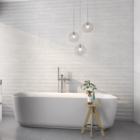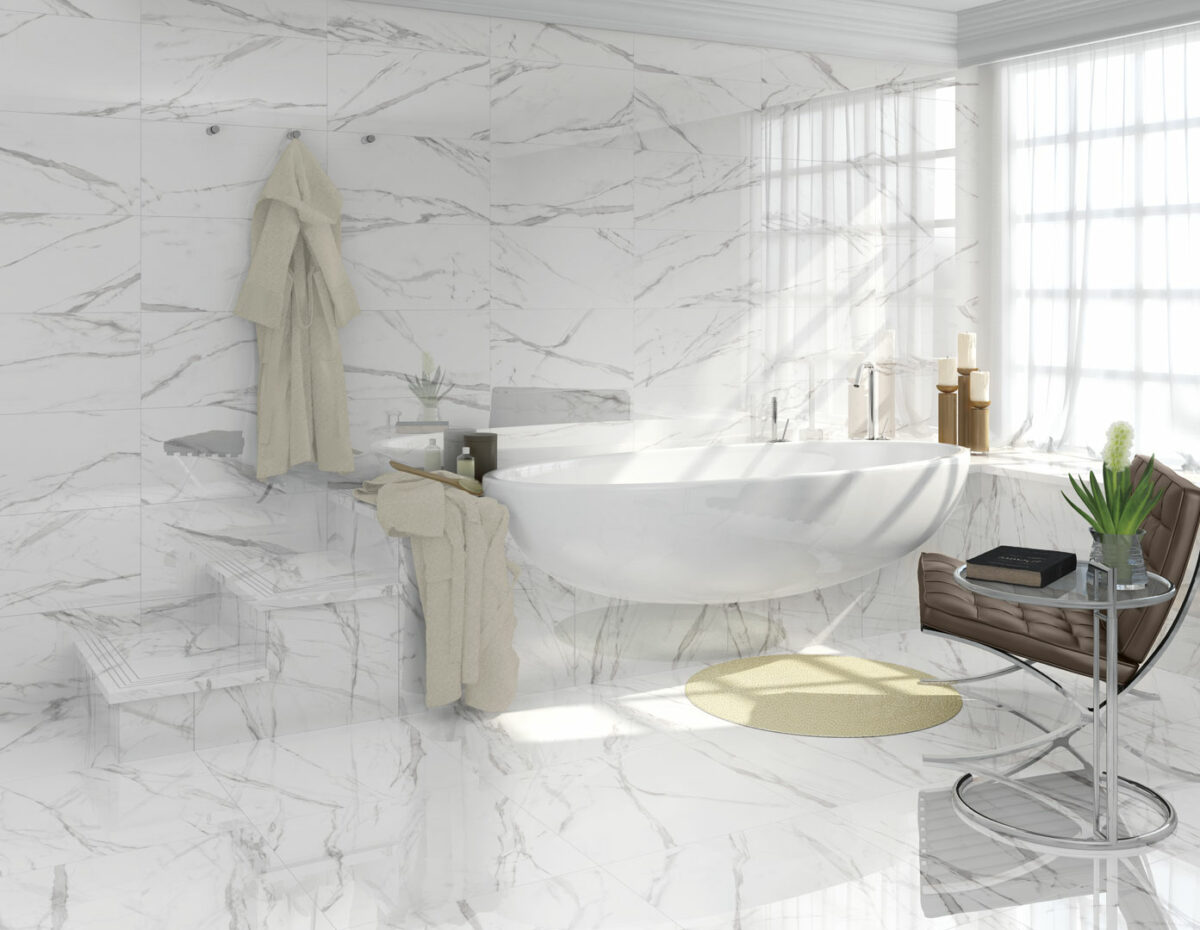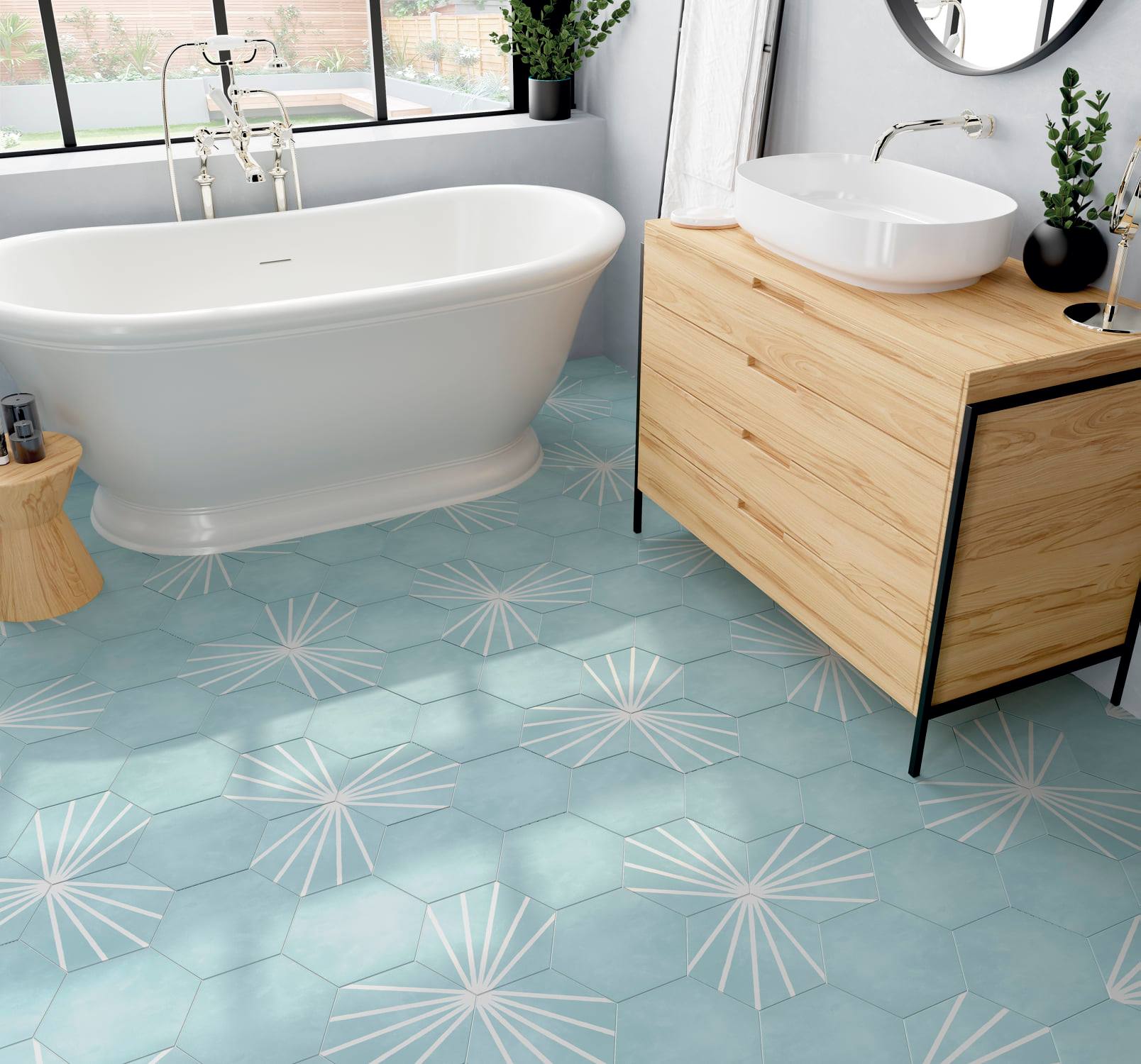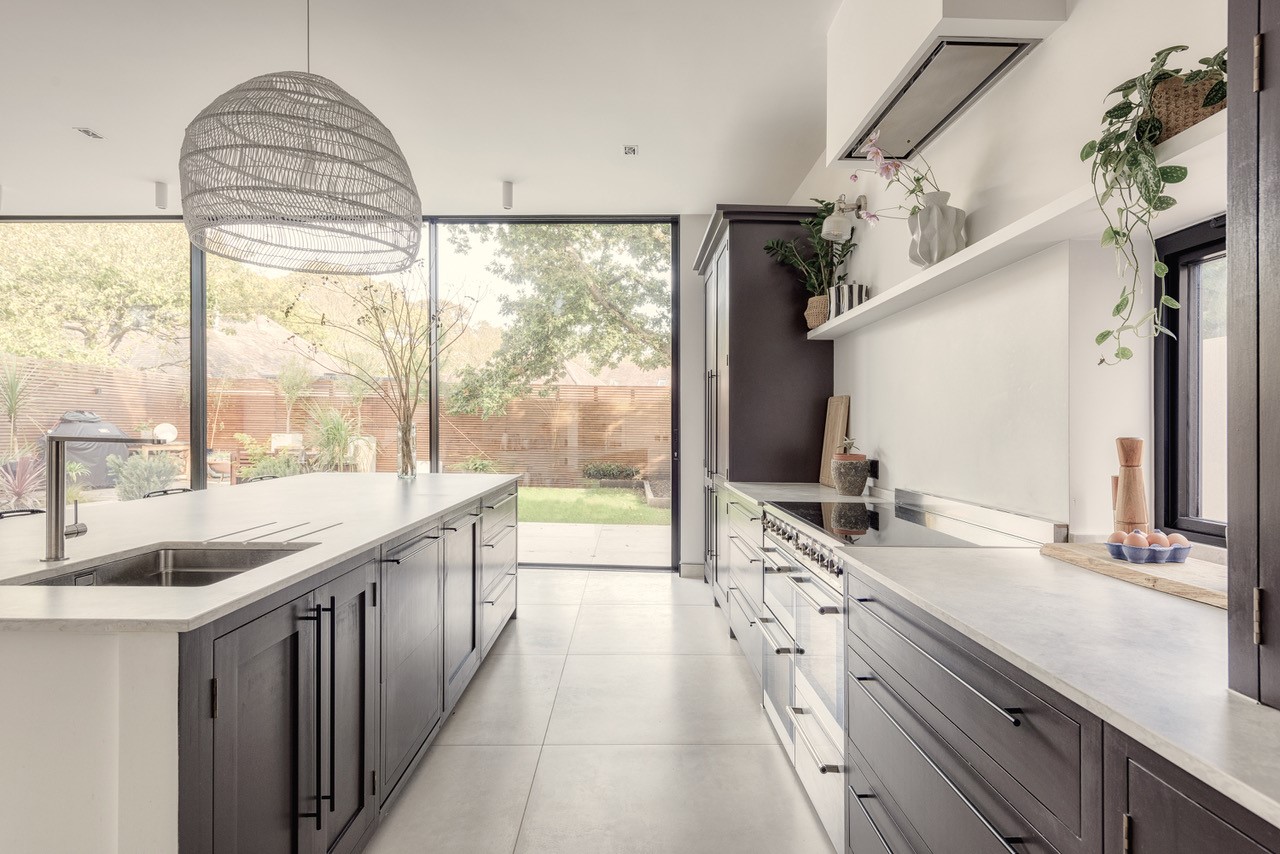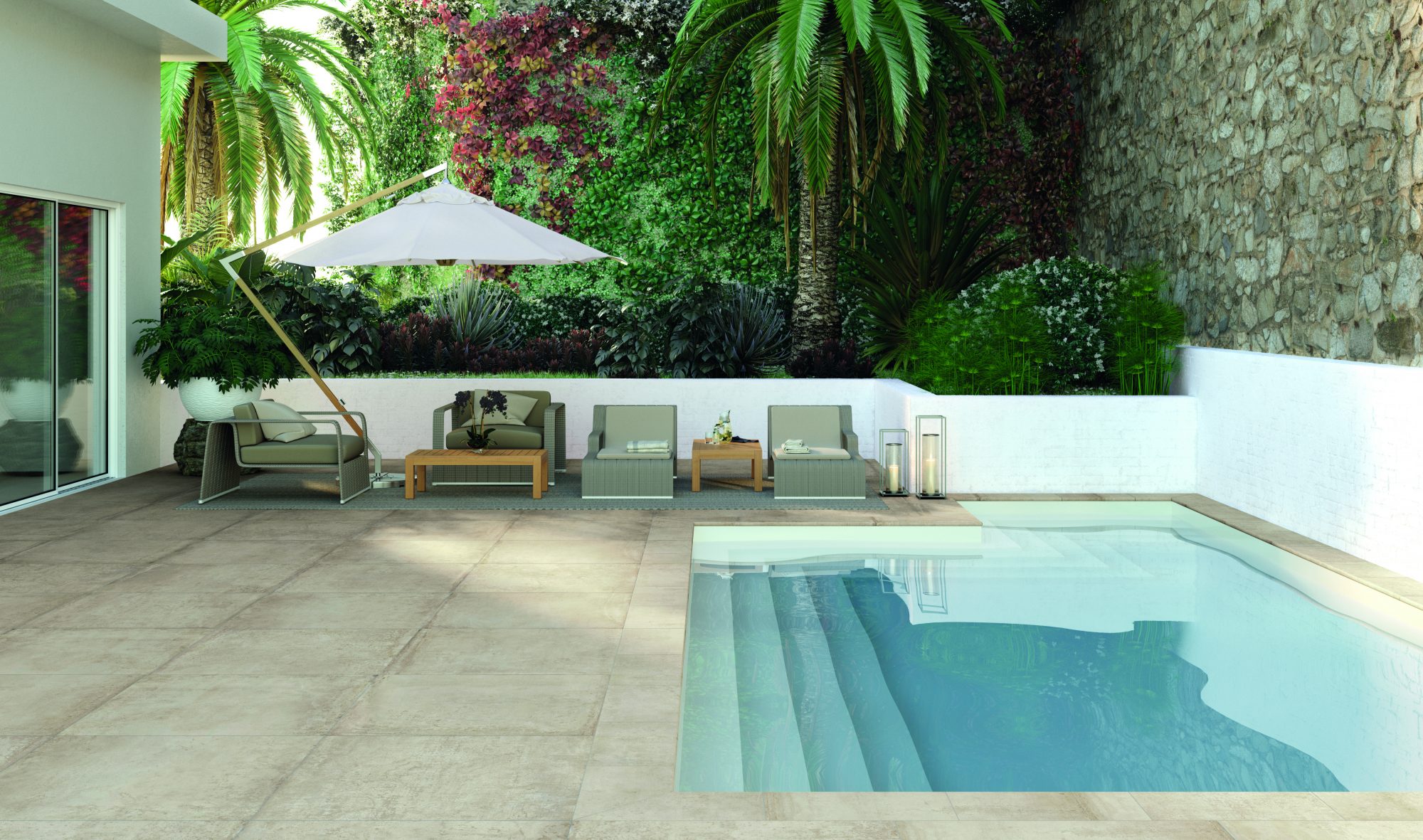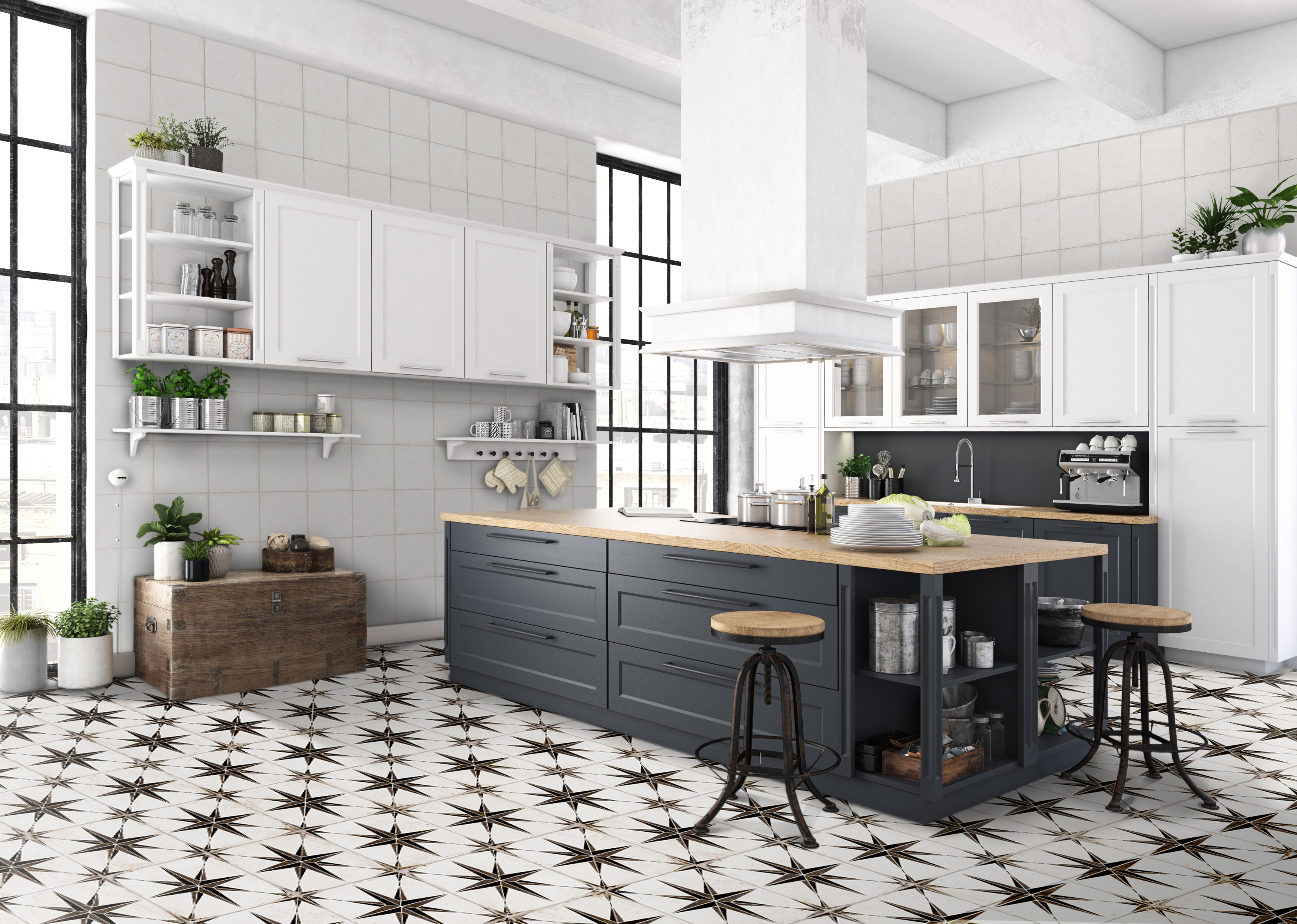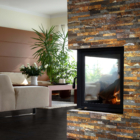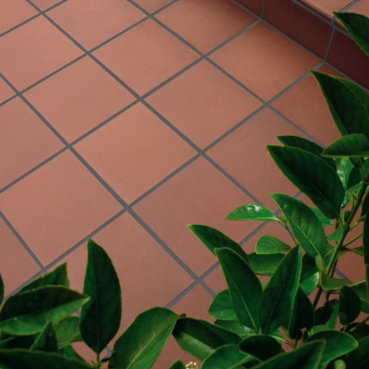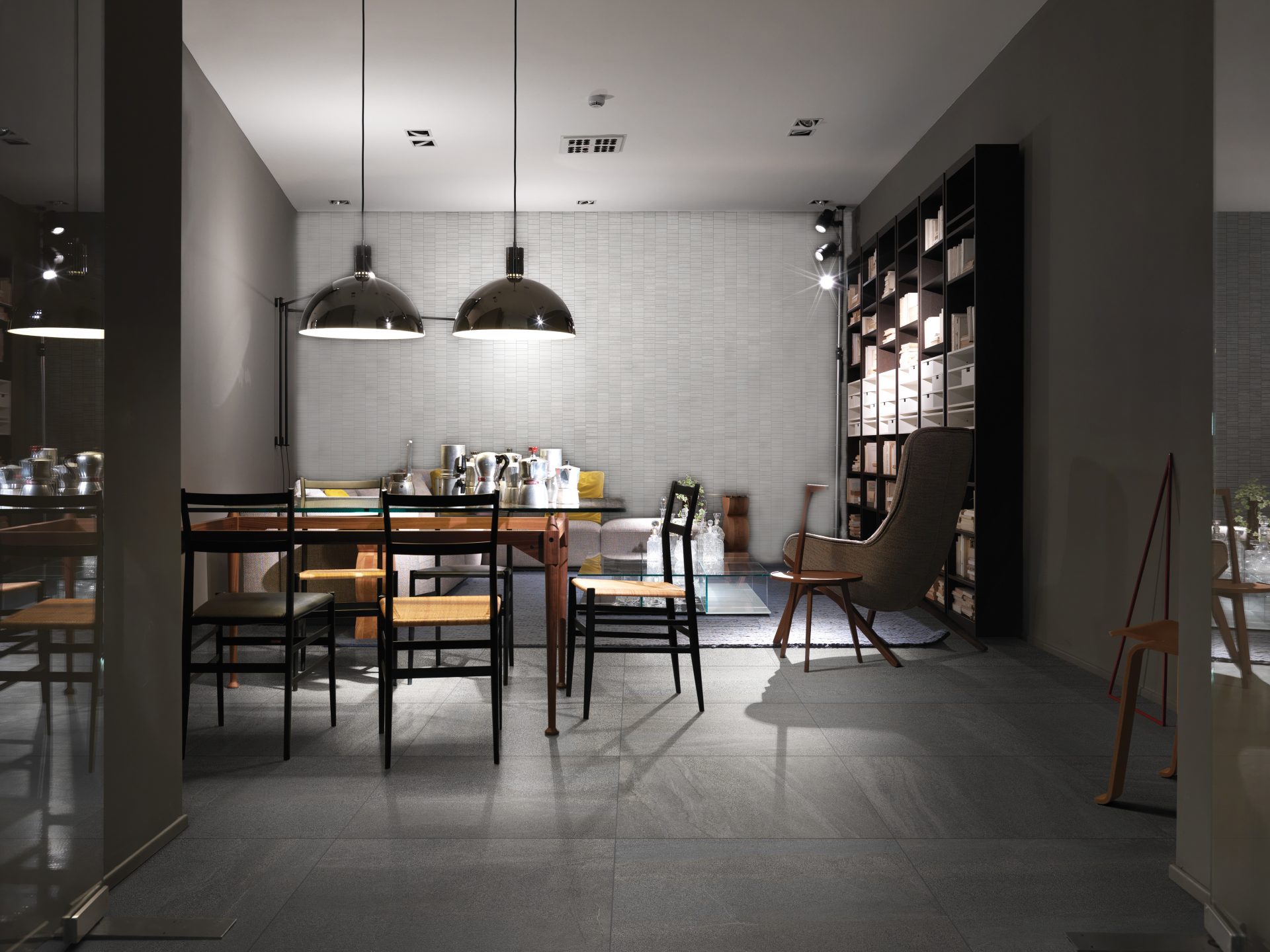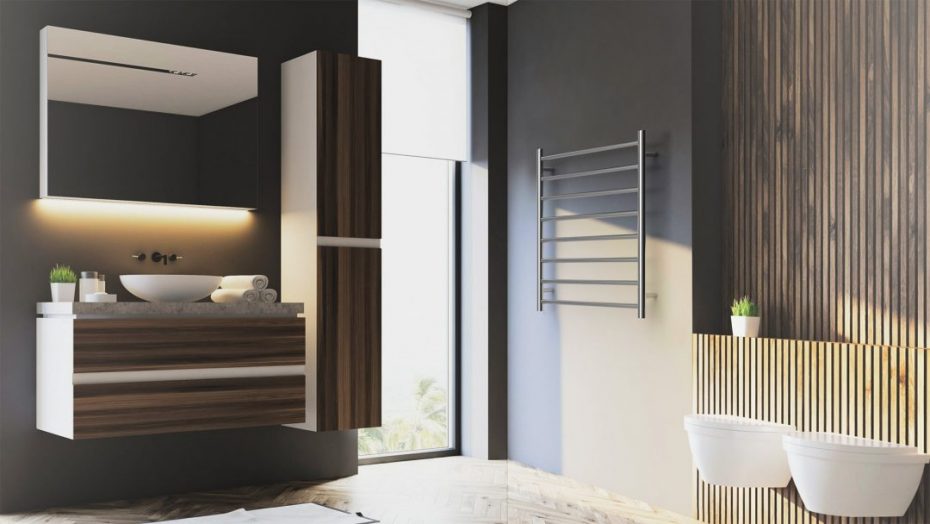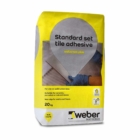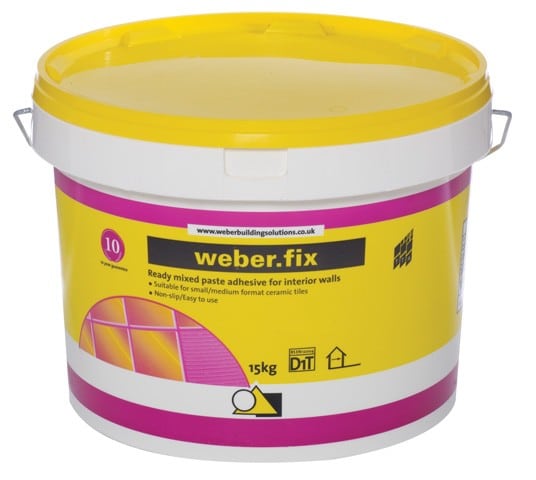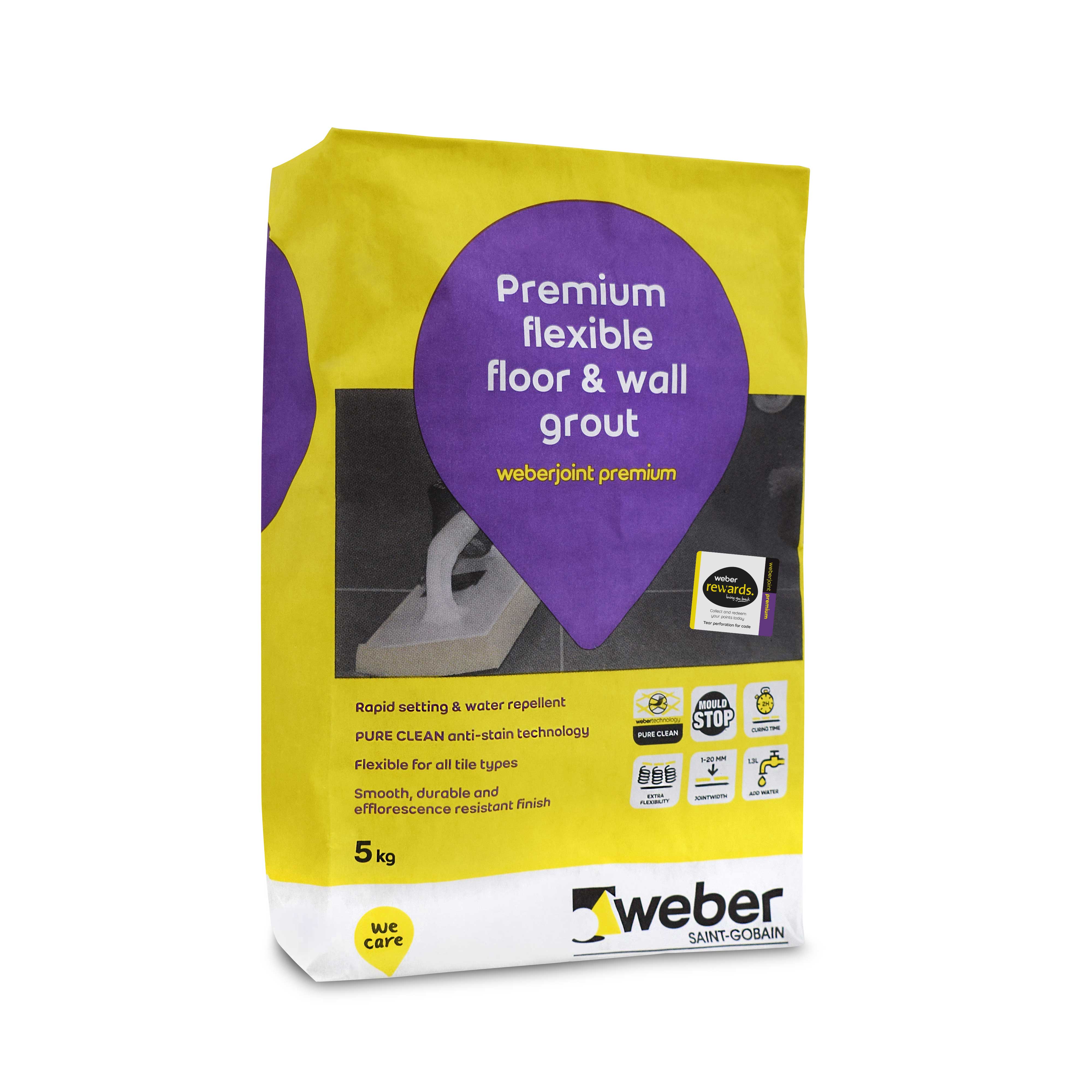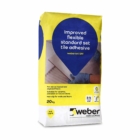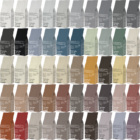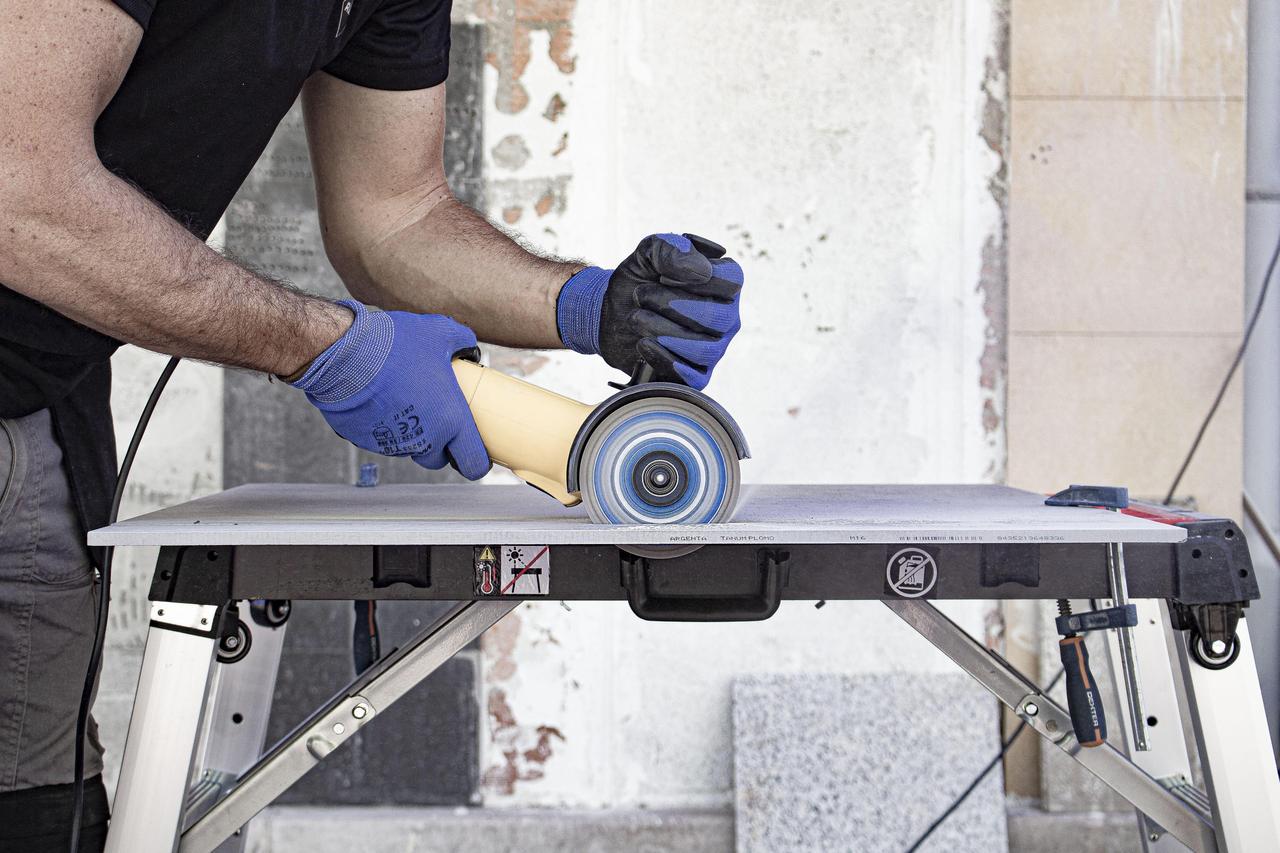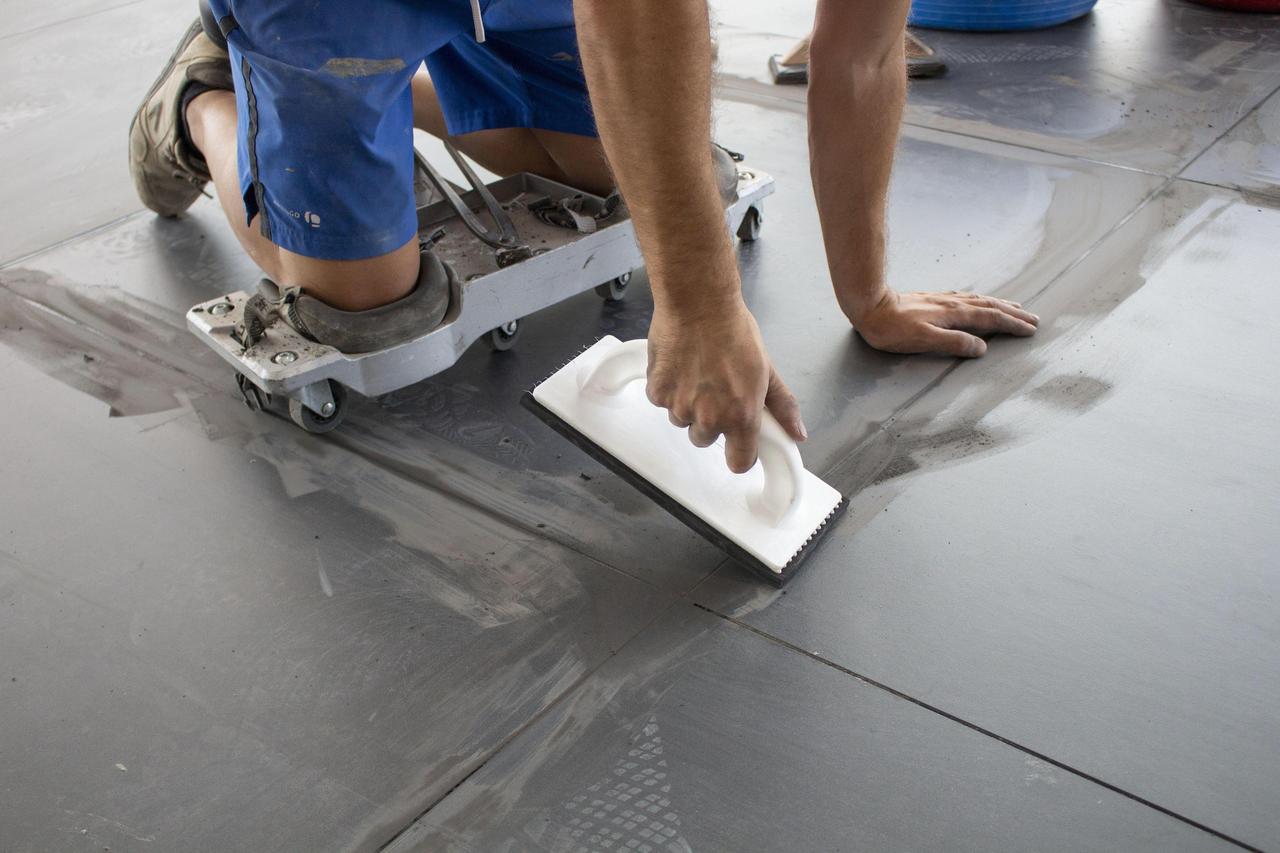What Is Tumbled Limestone and Where Is It Best Used in the House?

Limestone describes a natural sedimentary stone—the rock forms around mineral springs, where calcium carbonate is abundant. Limestone consists of these minerals and the remains of animal shells and other organisms in the water. Over time, the debris and minerals settle into large quarries.
Limestone accounts for around 10% of all the sedimentary rock on the planet. Limestone is more stable than other natural stones, such as marble. Marble resides in large “veins,” and is challenging to extract. Limestone is a stable rock, therefore there’s less chance of damaging it when removing it from the quarry.
Limestone is a porous rock that’s easy to work with, and a popular flooring choice for residential homes. The lighter the colour of the limestone, the softer the material. Limestone is easy to work with, but requires sealing after fitment.
Limestone comes in different finishes to suit a range of applications. So, what are tumbled limestone tiles, and where are they best used in the house? This post will discuss these limestone finishes and the best choices for your tiling project.
What Limestone Grades Are Suitable for Tiling?
Limestone tiles are available in two “grades.”
1st Quality Limestone – this is the premium grade product. These tiles come with top-quality design and colours.
Commercial Grade Limestone – If the factory does not approve the tiles’ 1st-grade quality, it goes to commercial applications instead. It’s important to note that the commercial grading doesn’t mean that the tiles have structural issues. They only receive the commercial grade due to the tiles‘ colouring and patterns, not meeting 1st quality standards.
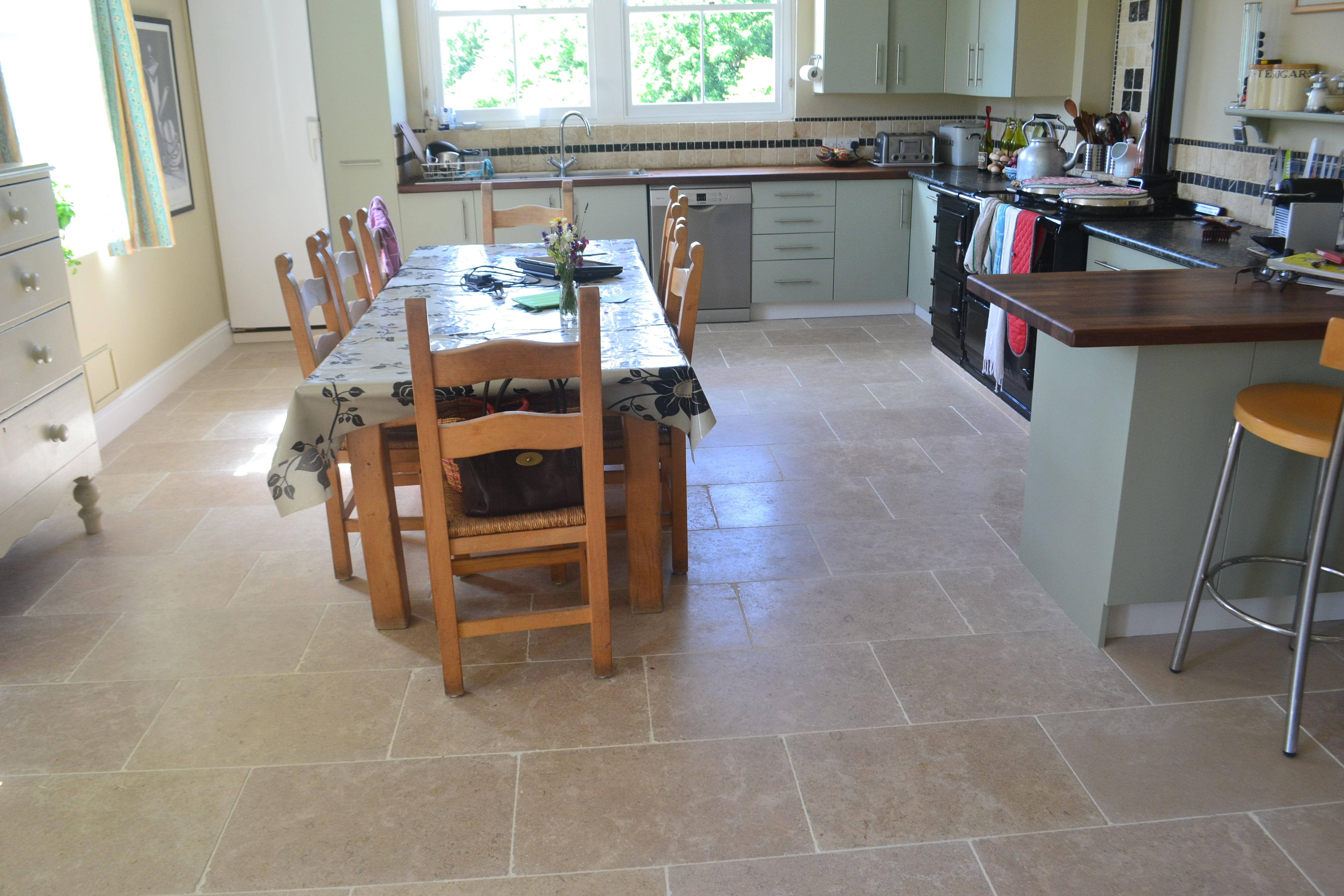
What are the Finishes for Limestone Tiles?
Limestone tiles come in distinct finishes that determine the final price tag and the application of the tile. There are five finishes, including the following:
Honed – A matte finish with rough edges.
Polished – A shiny and reflective tile with sharp edges.
Brushed – A textured surface with a rounded edge.
Tumbled – A rustic, aged look featuring rounded edges to the tiles.
Is Tumbled Limestone the Best Choice?
Tumbled limestone tiles feature a rounded edge and a soft face. Manufacturers can tumble any natural stone, including granite, marble, slate, and travertine.
The tumbling process produces a smooth, worn look to the tile, with a slightly chalky surface. The most popular tumbling method is placing the tiles inside a rubber tumbler drum, then adding water and sand.
The operator then tumbles the machine, spinning the drum and its contents. As the machine tumbles, the sand wears down the tiles’ rough edges, smoothing down the face. Large tiles require hand tumbling using hand-chiselled edging. Some limestone features machine roughing to produce a tumbled look on large tiles.
The tumbling process limits the stone’s natural beauty, leaving it with a chalky residue that requires cleaning. Applying a colour-enhancing sealant to the stone helps to safeguard it from water damage.
The sealant also enhances the natural colour of the stone, making the tile more visually appealing.
The tumbling process also enhances the natural pitting in the limestone, making for an attractive finish.
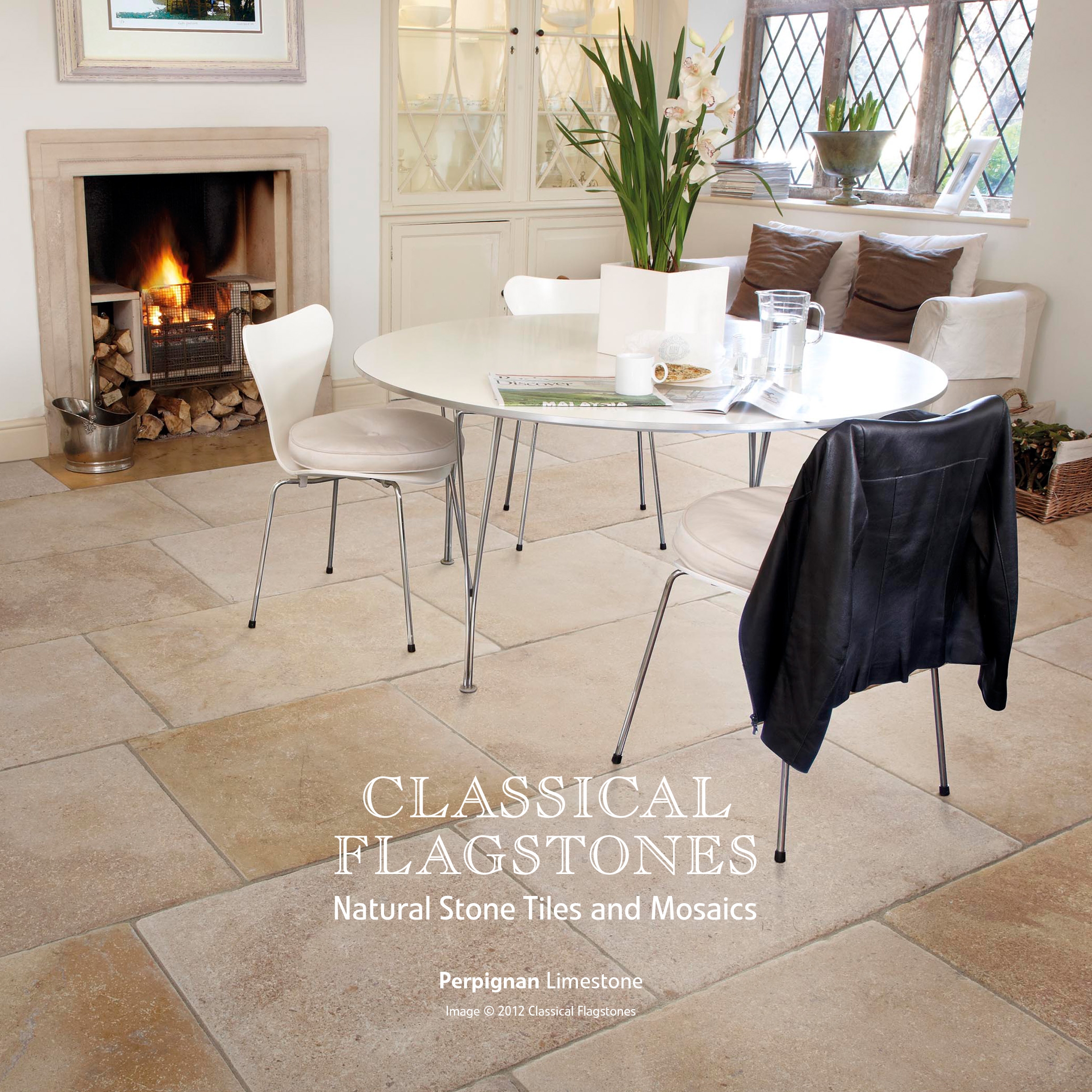
Where Can I Use Tumbled Limestone Around My Home?
Tumbled and sealed limestone is popular for use all around the home. In outdoor applications, tumbled limestone brings a stylish and rustic look to a traditional home patio. Tumbled limestone also looks fantastic on bathroom floors, and it’s a good choice for the living or dining room.
Tumbled limestone is a somewhat softer material than other natural stones. Therefore, we recommend you fit it in lower foot-traffic areas of your home. Always make sure you seal the limestone. Since limestone is a porous rock, it absorbs moisture. If water gets into the limestone, it causes discoloration in the tiles. Our recommended sealant is found here.
Water might also get under the tile, causing cracking if the water freezes. The freezing process results in the lifting of your tiles. Water trapped in the pores on the tile’s surface may cause it to crack and crumble when you walk on it. Always ensure you waterproof your tumbled limestone tiles for longevity.
How Do Install a Limestone Floor?
Installing a tumbled limestone floor is a challenging DIY project. It would help if you had some expertise to show you how to waterproof, lay, and seal the tiles for the best fitment. Trying to do it yourself could result in a poor fitment, requiring you to tear up the floor and start again. Why risk it?
Hiring a fitment professional ensures you get a proper tiling job the first time. Your tiling job comes with a quality guarantee against cracking, shifting, and lifting, giving you peace of mind.
Installing a new tumbled limestone floor is more affordable than you think. With prices ranging from £50 – £100 per square meter, it’s a suitable investment in your home, driving up your property value. Speak to a tiling professional about installing tumbled limestone in your home.


